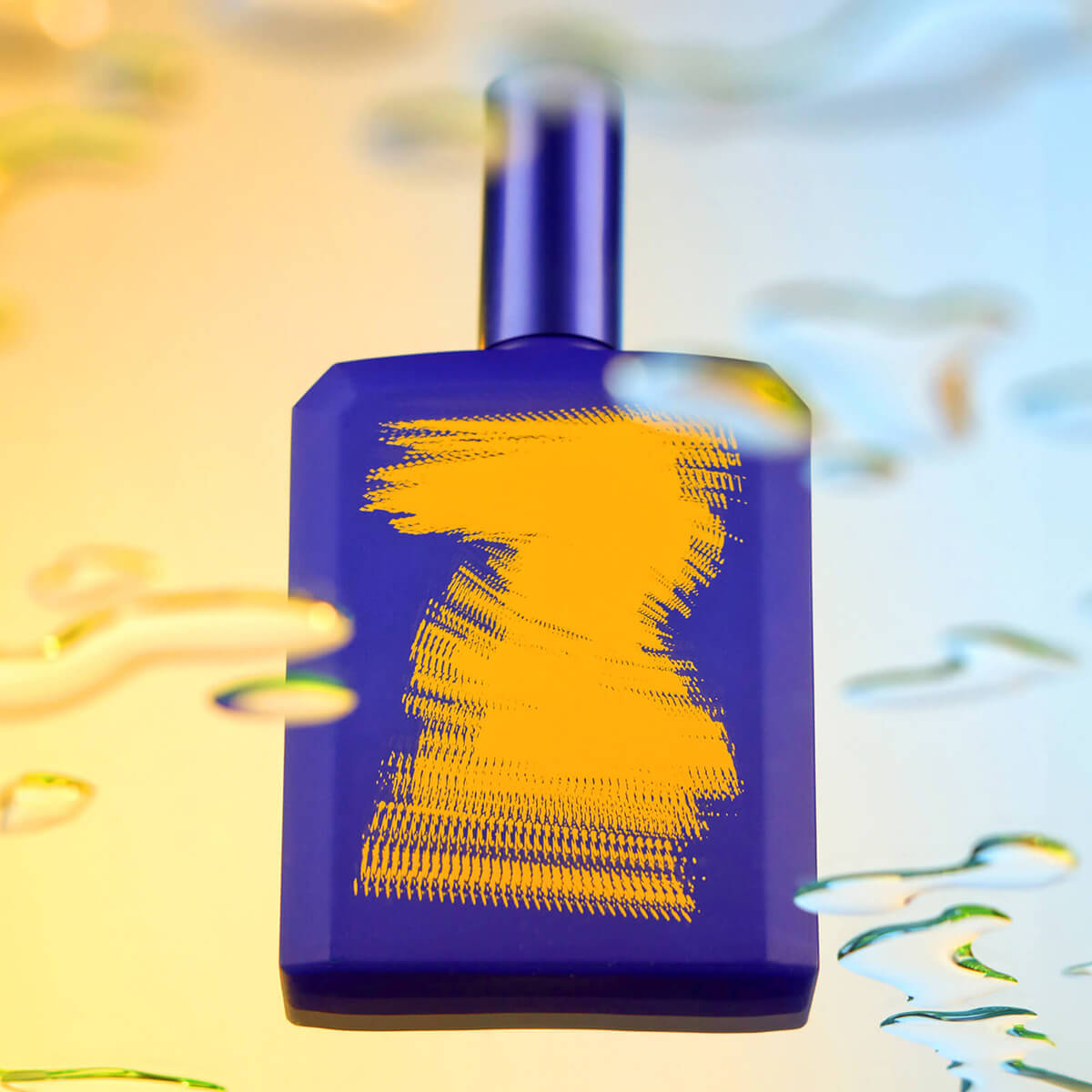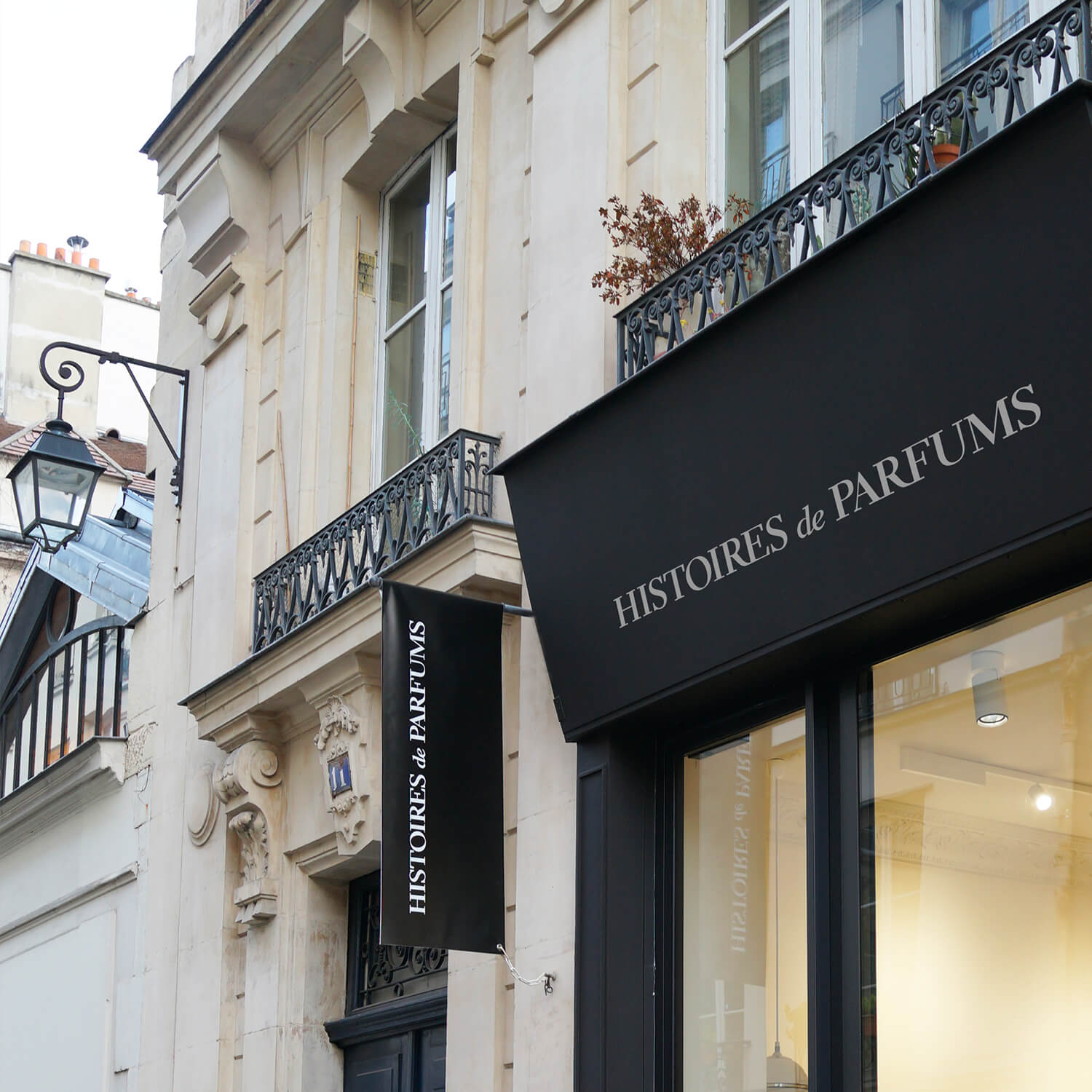Hydroxycitronellal

Mute flowers
Whatever the extraction method, it is impossible to obtain essential oils from certain flowers. Lilies, violets, lis, carnations and lilacs are amongst some of the mute, yet top flowers of the perfume world that cannot be extracted.
It should be known that only 2000 of the 250000 species of blossoming plants contain fragrant essential oils. The only way to create perfumes from the other flowers is to use raw materials to synthesize a fragrance.
The perfumer uses different synthetic and raw materials to create the essence of mute flowers.

Hydroxycitronellal, off to conquer the lily
The lily belongs to the "mute" flower family. Its fragile flower cannot sustain any extraction method, and the substances that characterize its fragrance are only found in small amounts in the plant itself.
The molecule hydroxycitronellal, developed by a German laboratory and put on the market in 1905, is the first to recreate certain facets of the lily flower. Hydroxycitronellal is widely used as the main scent in aldehyde perfumes. It is also an excellent fixative.
If hydroxycitronellal is essential in creating the lily's fragrance, then it must also hold certain lilac-like qualities. With this, new molecules could be used as substitutes in the lily's scent, such as lilial, for example, in which the lily's scent is stronger and more pronounced.



Leave a comment
This site is protected by hCaptcha and the hCaptcha Privacy Policy and Terms of Service apply.